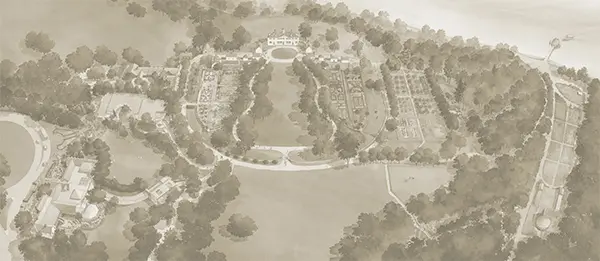Sage is a woody subshrub with silvery green leaves and pale purple flowers that are attractive to butterflies and other pollinators. It does best in well-drained, sunny locations. For centuries, sage has been a popular herb for cooking, and is also used as an essential oil.
Latin Name
Salvia officinalis
Family
Lamiaceae
Type of Plant
Bloom Season
June
Seasons
Specifications
Uses
Sunlight Exposure
Tolerances
Attracted Wildlife
Colors
Native Range
Mediterranean and northern Africa
History
Sage was an important kitchen herb and featured in the gardens of many of Washington's contemporaries, including the Moravians at Bethabara and Thomas Jefferson.
Other Details
Planted at Mount Vernon


Hardiness Zones












Average annual extreme minimum temperature 1976-2005











Bartlett Tree Expert Company has been working with Mount Vernon Estate since 2011 providing expert arboricultural care and GPS mapping for the estate’s historic trees, as well as support from their research facility. Mount Vernon is proud to partner with Bartlett Tree Experts and appreciates their sponsorship of George Washington’s Mount Vernon Plant Finder App.
Bring Washington's Garden Home
Purchase our historic seeds, collected from plants grown at Mount Vernon and plant them in your own garden.
Shop Now
